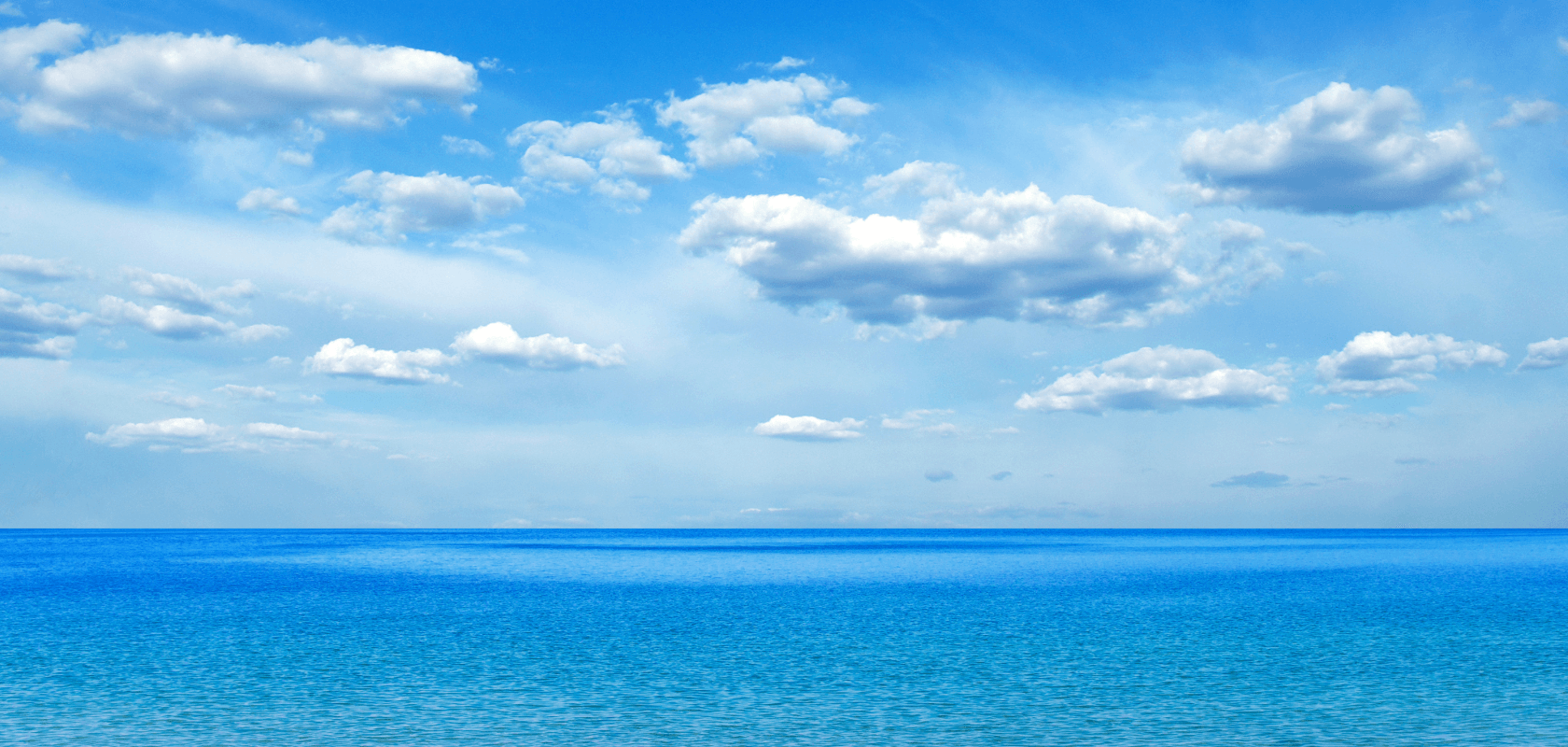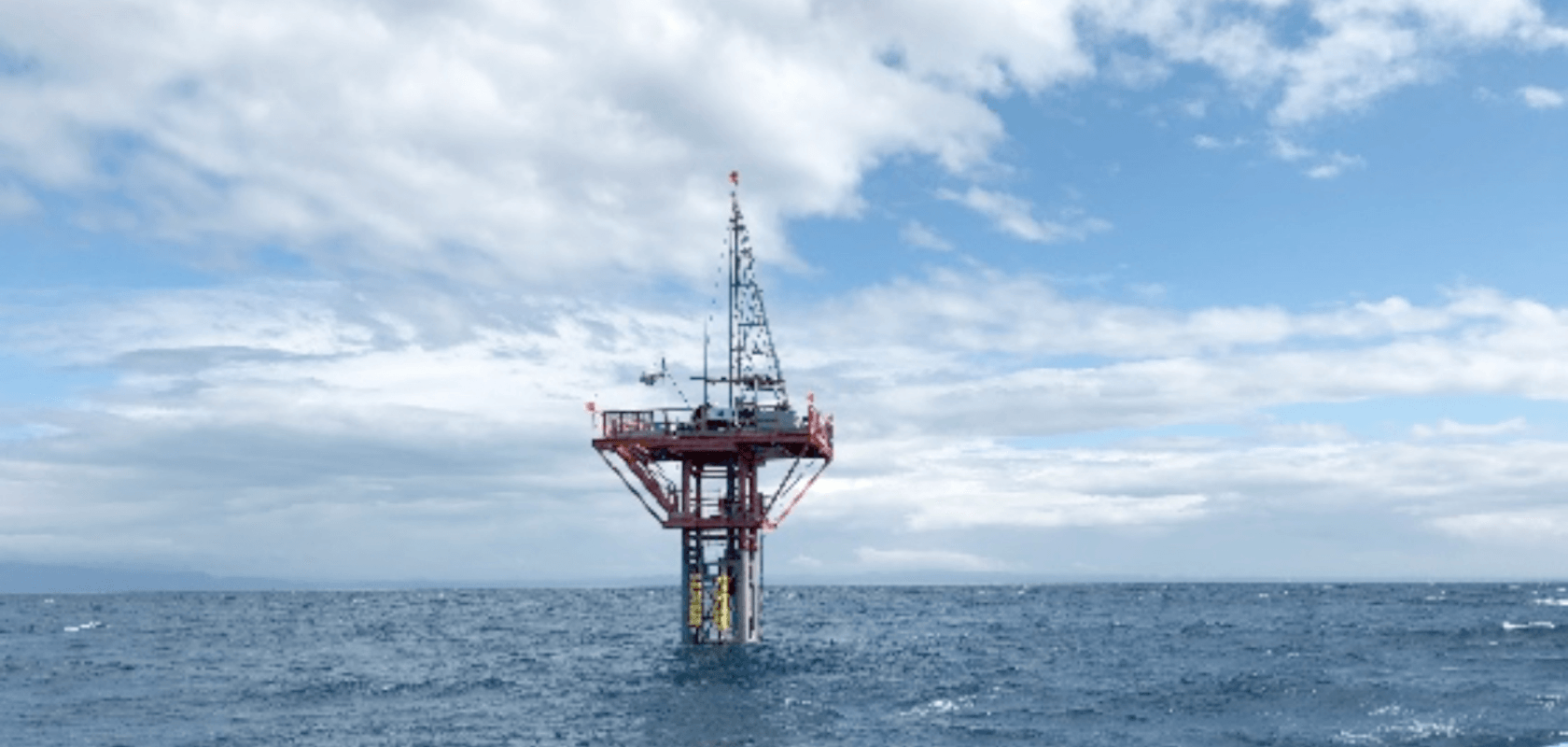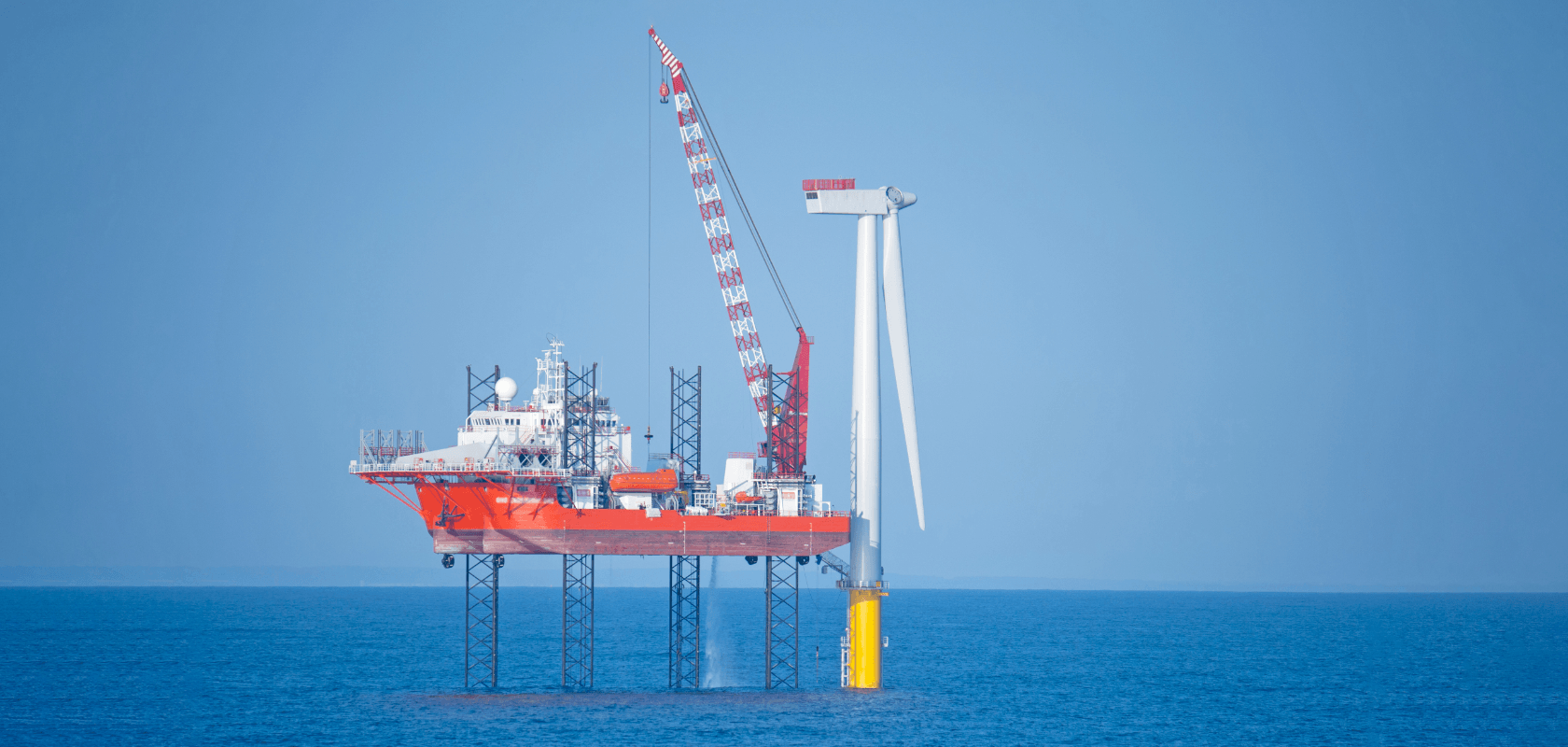Renewable Energy / Offshore wind power generation business

Based on the Act on Promoting the Utilization of Sea Areas for the Development of Marine Renewable Energy Power Generation Facilities, the Japanese government designates certain sea areas as “promotion zones” to be used for the operation of offshore wind power generation businesses before such businesses can be started.
The promotion zones are particular waters in general sea areas that meet certain criteria which require that natural conditions be suitable for operation and that the operation should not hinder fisheries and the existing use of waterways and ports. The business operator who wins the bid for designation will then have the right to exclusively occupy and use the specified areas within the promotion zones for the business for up to 30 years.
When a promotion zone is designated, the Japanese government establishes the Guidelines for Public Tender of Occupancy. The guidelines provide not only the specified areas for the facilities and the criteria for the power output but also a summary of the opinions of the council members, including existing users of the areas such as fishery and marine transportation businesses. Wind power operators who participate in a public tender are required to make exclusive occupancy and use plans over public bidding in accordance with these guidelines and then submit the plan within approximately six months. After that, the Japanese government will select the business operator.
To operate an offshore wind power generation business, the operator needs to win a bid through a public tender and then be approved by the government as a certified operator. The selected operator is given permission to exclusively occupy and use the specified areas within the promotion zones for up to 30 years based on their exclusive occupancy and use plans over public bidding, and starts procedures according to the plan.
As the power generation businesses will fail without the acceptance of the local communities around the plant, the operator will proceed with the business while maintaining discussions with the local people.

The operators conduct various surveys such as a wind conditions survey, oceanic survey, and procedures for an environmental impact assessment of the waters for the businesses; and they acquire permission and approval.

After the completion of an elaborate design, construction starts. For the construction work large self-elevating platform (SEP) ships (workboats) that can carry those parts are used, because offshore wind power turbines use larger parts than onshore turbines do. The work procedure is basically the same as that for onshore turbines except for the laying of power transmission cables on the seabed to connect to power grids on land.
To carry out work at sea, special attention must be paid with regard to weather and marine phenomena, as well as the securing of worker safety.